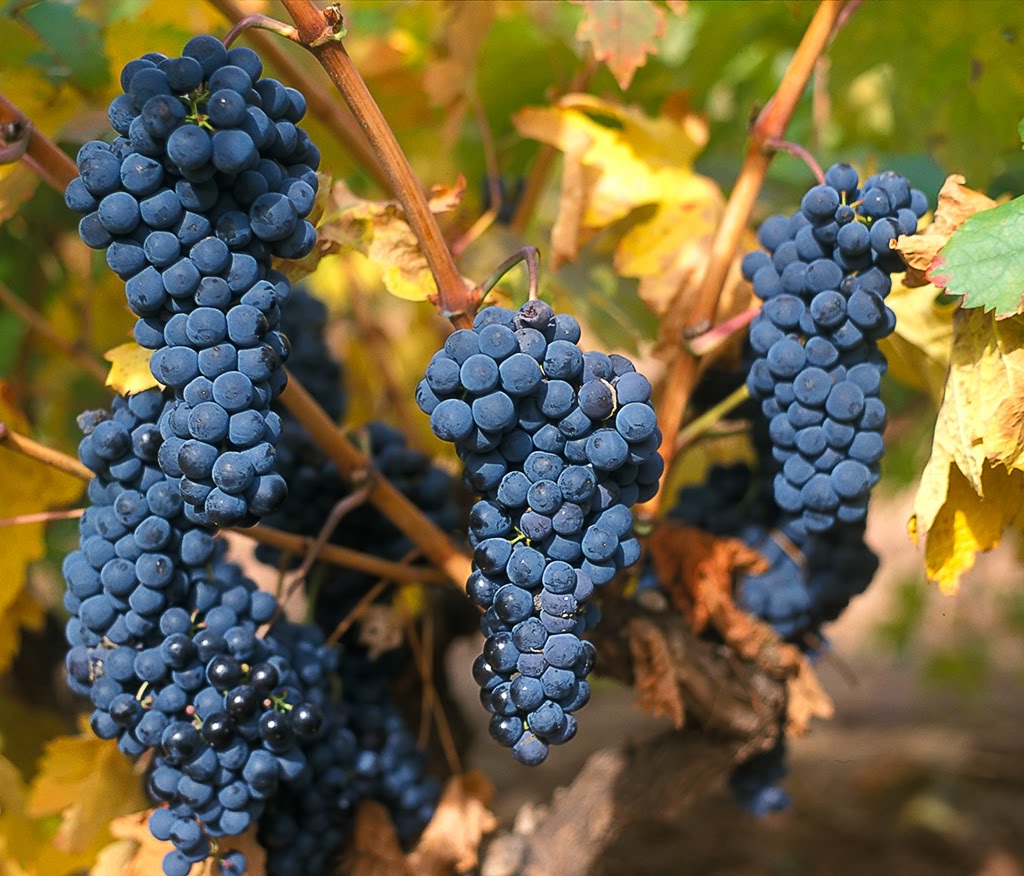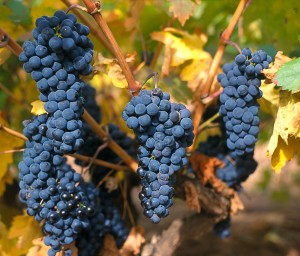
Be aware! Thick skin, small grape!
We are tired of hearing nonsense, and once and for all we will say a clear thing. Many winemakers emphasize two key points, to better assess their wines and get a competitive advantage, they tell us that they have very old vines and low yields.
First things first, the old vines give the best grapes because after so many years of suffering cuts pruning, the strength of the vineyard itself is more regularized, the sap must flow by numerous parts in the trunks withered by years . Vines over the years are better rooted to the ground.
The little production, may be because the vineyard is in the last years of life, or just to be neglected by parts that have no faults and is in production only a part of the initial plants, and although the low average production for the extension of the vineyard, the reality is that some strains produce normally, and many have stopped producing.
Some winemakers want to produce little, because he says so a good winegrower friend, many do not know music theory and playing by ear. A small production is use as an argument to increase the price of the bottles. To the most good winegrowers what interests them most is to have the best possible grapes, to get the best possible wine.
All we know is key, the relationship pulp / skin. The flesh on his 70% is water and own grape skin, is where the largest number of anthocyanins that determine the color and tannins, which determine the taste of the wine. Both, the vine variety, as its culture and adaptation to the area, enables the relationship pulp / skin to be optimal to produce the type of wine designed as a general rule. There are always limited areas with high temperatures, in which in some varieties may be interested if a final irrigation is possible before harvest to increase the thickness of the grape, so that we avoid a high the alcohol content.
They are always much better ripened grapes with thick skin and a grape diameter not overly large (not fat wings grapes) that will enable us to make a wine with substance. But we all know that there are bad old vines with grapes, newly planted vines in its early years provide a short production of high quality. We also know the speech of a wine seller who said he had just plant some high quality “old vines” in order to ridicule the miraculous emergence of a large number of old vines of its competence.
Producing many clusters or less clusters depend on that range wine want to develop and that costs can withstand. For harvesting the grapes by hand is best to produce few bunches and large ones, than many and small ones, where we would need more cuts, we would go slower, and it would cost more money (in the mechanical harvest this won’t have any influence, because the cost is charged by surface). If we cultivate many clusters in general we will produce smaller grains. It is so important look at the number of kilograms produced per vine, but the important thing is to observe them at the sorting tables to see if the grape is small and the skin is thick, so we can anticipate that the wine will be great , without hesitation. The art lies in cultivating vines to produce that kind of grapes. Remember that what matters is not the number of kilos, but the morphology of the grape bunches.
Ricardo Guelbenzu


Leave a Reply
You must be logged in to post a comment.